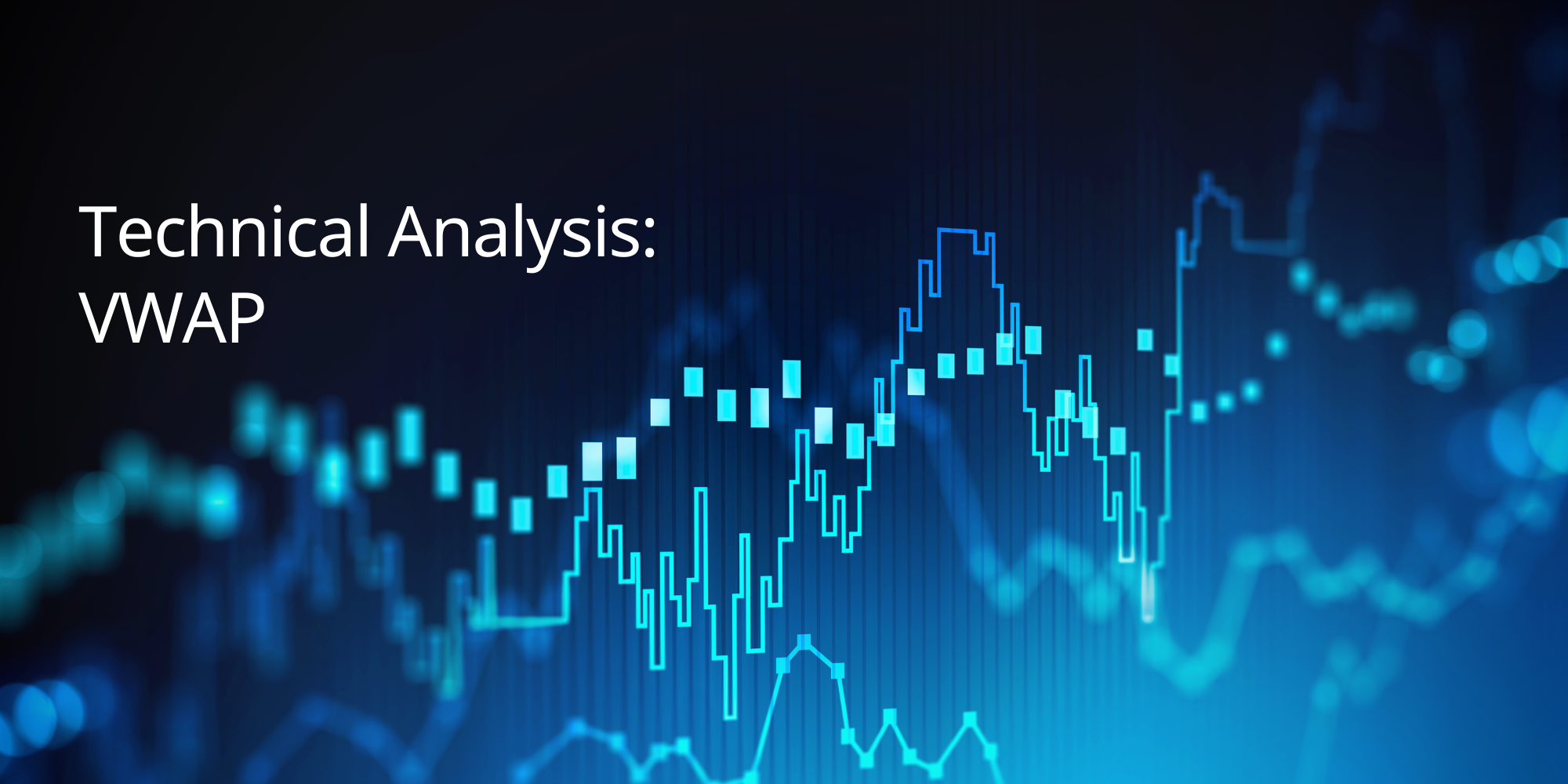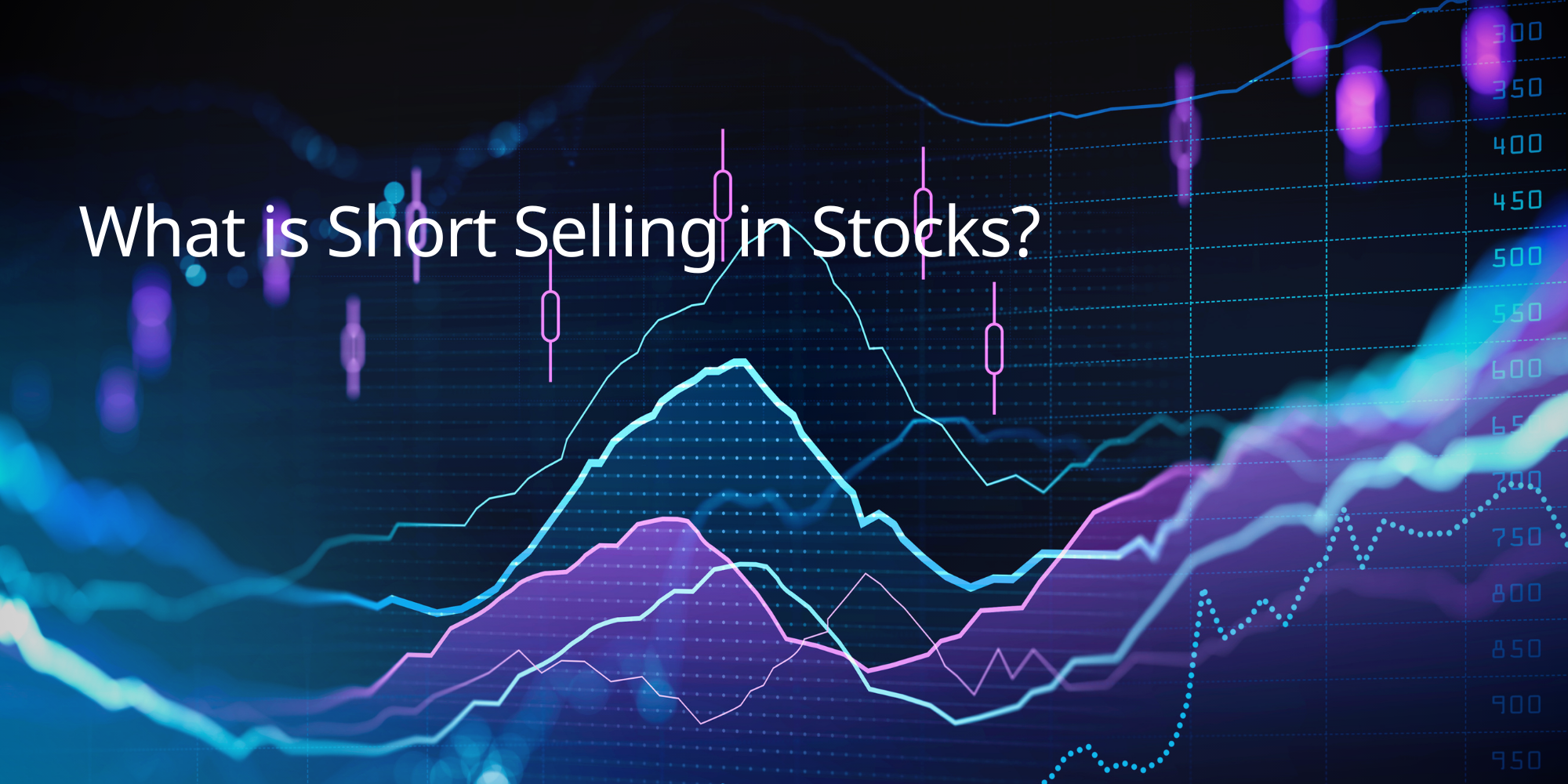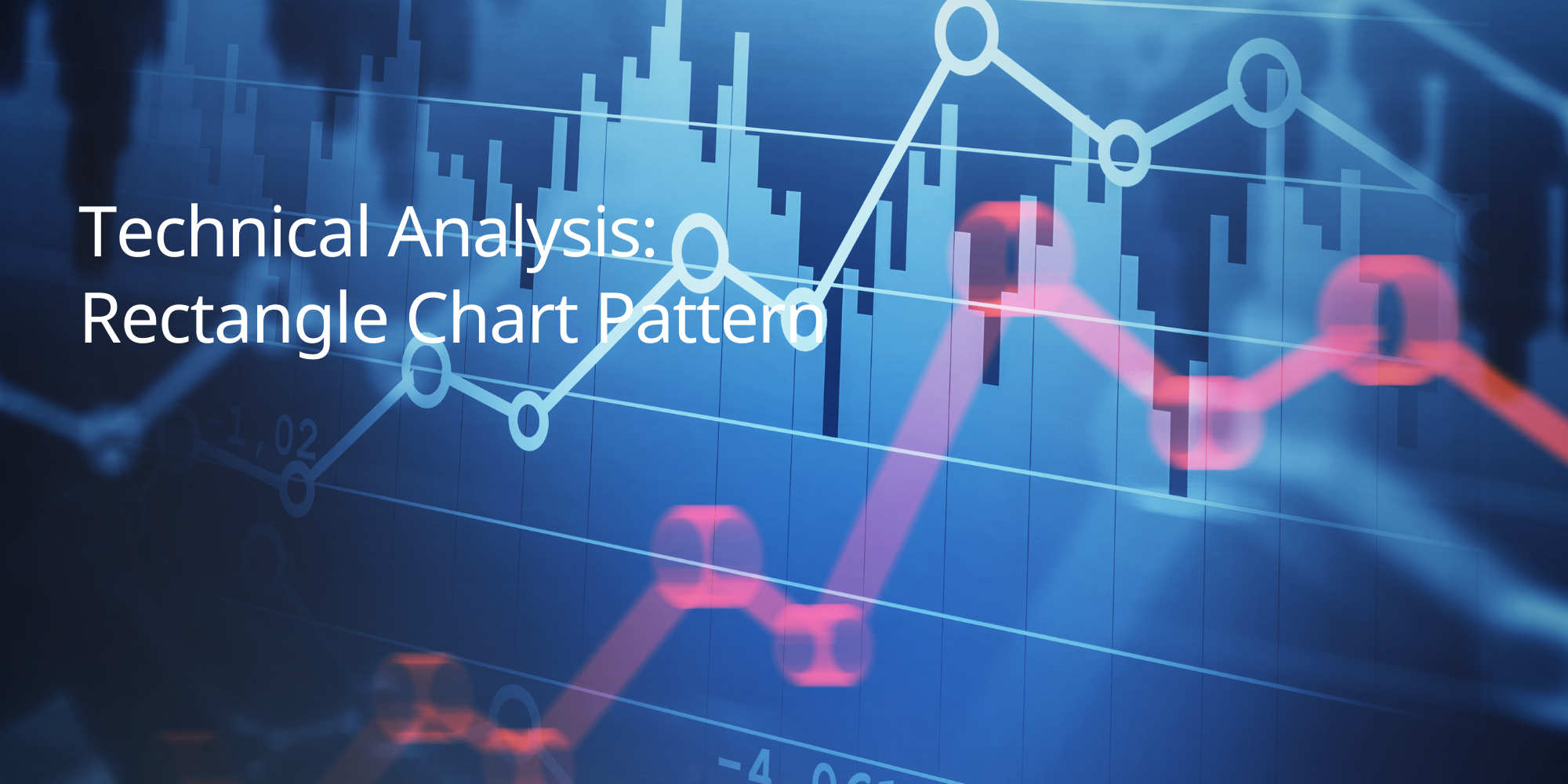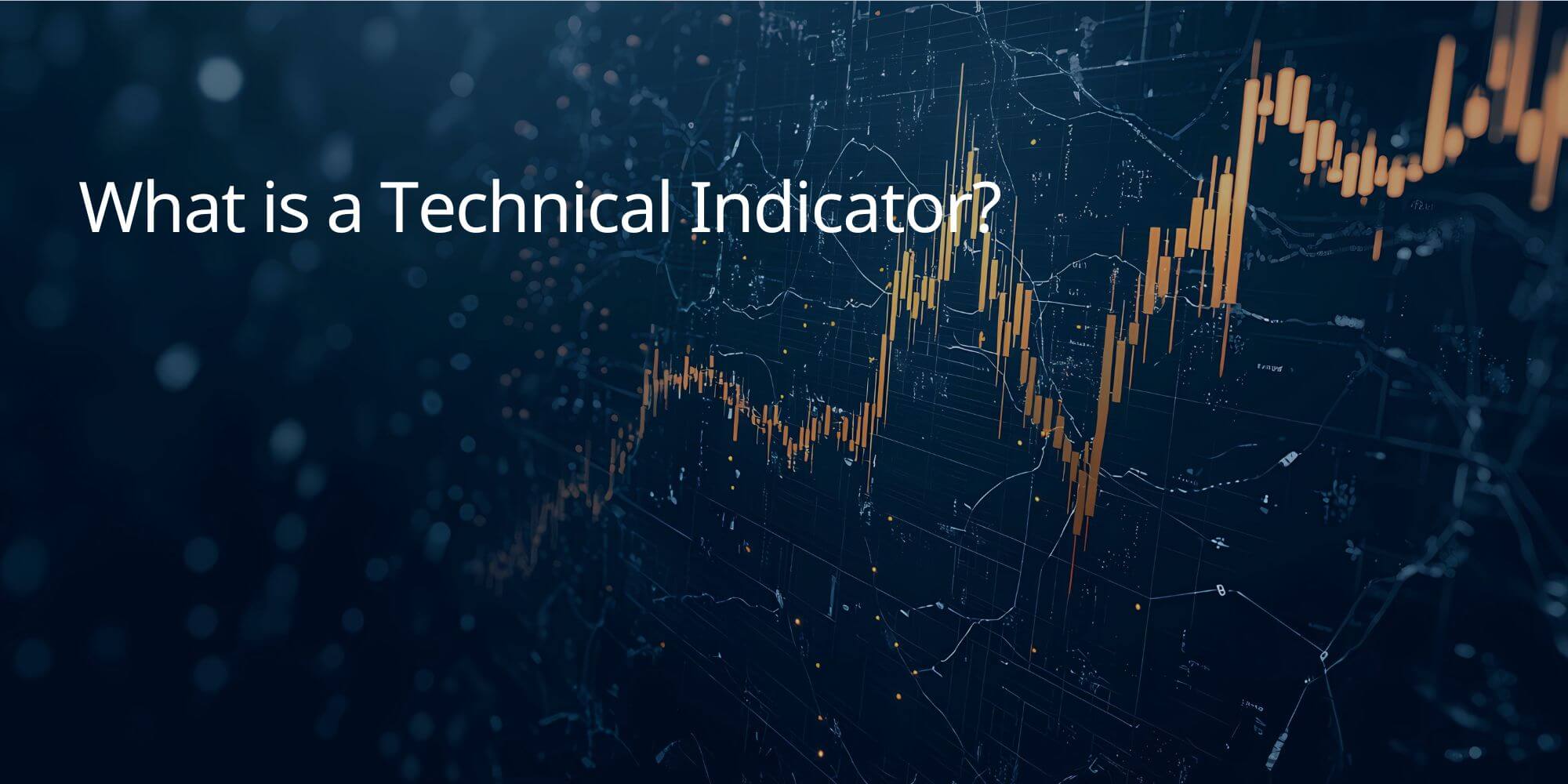Volume-Weighted Average Price (VWAP): A Powerful Tool for Traders
Want to understand how price and volume interact to uncover trading opportunities? The Volume-Weighted Average Price (VWAP) is a popular indicator that shows the average price an asset has traded at during the day, weighted by volume. It’s widely used by institutional and retail traders alike to identify fair value zones, assess market trends, and guide entries and exits.
In this comprehensive guide from TradeSmart, you’ll learn:
- What VWAP is and how it’s calculated
- How to interpret VWAP signals throughout the trading day
- Practical ways to apply VWAP in intraday trading and strategy development
- How to combine VWAP with other indicators for a more complete view of the market
Whether you’re day trading, scalping, or swing trading, understanding VWAP can help you stay aligned with real-time market sentiment and price behaviour.
What is the Volume-Weighted Average Price (VWAP)?
The Volume-Weighted Average Price (VWAP) is a technical indicator that calculates the average price of a security over a given period, weighted by the volume of trades during that period. It’s a popular tool used by traders to assess the current price of a security relative to its average price and to identify potential trading opportunities.
How VWAP Works
VWAP is calculated by adding up the total value of all trades (price multiplied by volume) and then dividing by the total volume traded over the specified period. This gives you a weighted average price that reflects the actual trading activity in the security.
What is The VWAP Formula?
The Volume-Weighted Average Price is calculated using a formula that takes into account both the price and volume of trades.
Formula:
VWAP = (Cumulative Typical Price * Volume) / Cumulative Volume
Here’s a breakdown of the calculation:
- Calculate the Typical Price (TP):
For each period (e.g., each 5-minute candle, each hour), calculate the Typical Price (TP), which is the average of the high, low, and closing prices:
Typical Price = (High + Low + Close) / 3
- Calculate the Typical Price x Volume (TPV):
Multiply the Typical Price (TP) by the volume for that period. This gives you the Total Price Volume (TPV) for that period. - Calculate Cumulative TPV and Cumulative Volume:
Keep a running total of both the TPV and the volume throughout the day. - Calculate the VWAP:
Divide the cumulative TPV by the cumulative volume to get the VWAP.
Example:
Let’s say you’re calculating the VWAP for a stock on a 5-minute chart. Here’s how the calculation might look for the first two 5-minute candles:
| Candle | High | Low | Close | Volume | TP | TPV | Cumulative TPV | Cumulative Volume | VWAP |
|---|---|---|---|---|---|---|---|---|---|
| 1 | $50 | $48 | $49 | 1000 | $49 | $49,000 | $49,000 | 1000 | $49.00 |
| 2 | $51 | $49 | $50 | 1500 | $50 | $75,000 | $124,000 | 2500 | $49.60 |
Advantages of the VWAP Indicator
The Volume-Weighted Average Price is a valuable tool that offers several benefits for traders:
- Comprehensive Market View: VWAP combines price and volume data to provide a more complete picture of market activity. It helps traders understand the average price at which an asset has been trading throughout the day, weighted by volume, giving them a better sense of fair value.
- Reduces Noise: VWAP can help filter out noise and short-term price fluctuations, providing a clearer view of the underlying trend. This can be particularly useful in volatile markets where prices can jump around erratically.
- Identifies Trading Opportunities: VWAP can be used to identify potential entry and exit points. Traders might consider buying when the price is below the VWAP, as it suggests the asset is trading at a discount to its average price. Conversely, they might consider selling when the price is above the VWAP.
- Confirms Trend Direction: The relationship between the price and the VWAP can help confirm the direction of a trend. A price consistently above the VWAP suggests a strong uptrend, while a price consistently below the VWAP suggests a strong downtrend.
- Measures Trade Effectiveness: Institutional traders often use VWAP to evaluate the effectiveness of their trades. Buying below the VWAP or selling above the VWAP is generally considered a favorable outcome.
TradeSmart provides access to the VWAP indicator and a wide range of other technical analysis tools on its advanced trading platforms. Our educational resources and market insights can help you learn how to use these tools effectively and enhance your trading strategies.
Limitations of the VWAP Indicator
While the VWAP indicator can be a valuable tool for traders, it’s important to be aware of its limitations:
- Intraday Use Only: VWAP resets each day and is typically used on intraday charts. It may not be useful for long-term analysis or swing trading strategies.
- Lagging Indicator: Like most moving averages, VWAP is a lagging indicator. It reflects past prices and may not always react quickly to sudden market changes.
- Not Predictive: VWAP does not predict future price movement. Instead, it provides context for where price is trading relative to its average for the day.
VWAP vs. Moving Averages
While VWAP and traditional moving averages (like the simple or exponential moving average) both provide insights into average price levels, there are some key differences:
- Volume Factor: VWAP incorporates volume, making it more sensitive to where trading activity is concentrated, whereas moving averages are calculated solely based on price.
- Use Case: VWAP is best suited for intraday analysis, while moving averages can be used across all timeframes.
- Application: VWAP is often used by institutional traders to assess trade performance, while moving averages are commonly used for identifying trends and signals.
Best Practices for Using VWAP
To get the most out of VWAP in your trading, consider these best practices:
- Use VWAP in conjunction with price action, support/resistance levels, and other indicators.
- Look for price deviations from VWAP to identify potential reversals or breakouts.
- Use VWAP as a dynamic intraday support/resistance level.
- Avoid using VWAP as a standalone signal; context and confirmation matter.
Conclusion
The Volume-Weighted Average Price (VWAP) is a versatile and effective tool for intraday traders. By integrating both price and volume data, VWAP offers a more comprehensive view of the market’s true average price. While it has limitations, when used wisely and in combination with other tools, it can significantly improve trade timing and decision-making.
Ready to implement VWAP in your own trading strategy? Start by applying it on your preferred intraday charts and watch how it aligns with price movements and trading volume. Over time, you’ll gain a deeper understanding of how this indicator can help you trade smarter.





